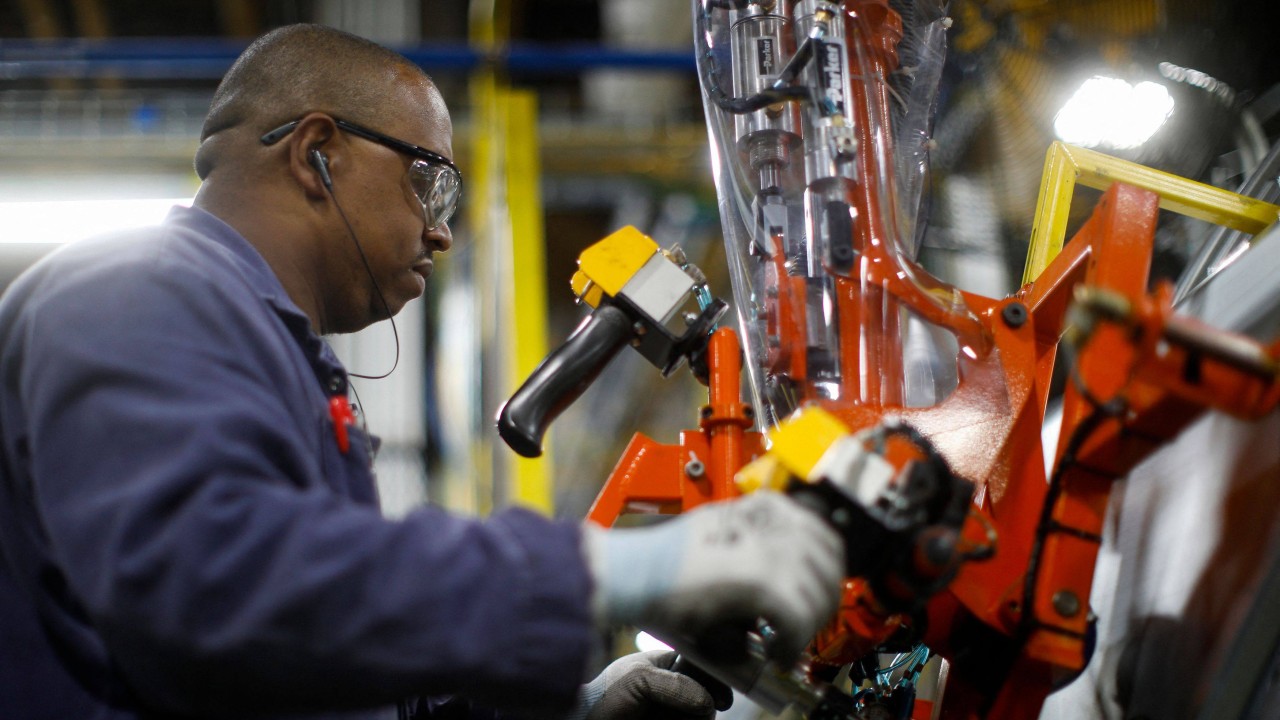
Chinas civil air travel authority released the worlds first Air Operation Certificate for a from another location operated airplane system to 2 of EHangs urban aerial movement (UAM) operation business on March 28, marking the main start of the passenger age for Chinas low-altitude economy.The low-altitude economy describes the emerging financial community centered around activities, organizations and services performed in airspace below 1,000 meters (or in some cases encompassed 3,000 meters).
It leverages low-altitude aircraft such as drones and eVTOLs (electrical vertical launch and landing airplane) for different applications, consisting of rescues, studies, and the transport of goods and passengers.
It incorporates basic aviation manufacturing, digital facilities and cross-sector applications, forming a key pillar of brand-new quality productive forces in China.Guangdong EHang General Aviation, a completely owned UAM operations subsidiary of the NASDAQ-listed eVTOL company EHang, and Hefei Heyi Aviation, a commercial UAM operation jointly established by Hefeis state-owned capital and EHang, were approved the certificate by the Civil Aviation Administration of China (CAAC).
The EH216-S eVTOL airplane operated by these 2 companies is the worlds very first and Chinas only passenger-carrying autonomous eVTOL with a complete set of three certifications & Type Certificate, Standard Airworthiness Certificate and Production Certificate.
It has completed over 60,000 safe flights and can serve city air movement, logistics, tourism and other sectors.
Now, obtaining the Operation Certificate symbolizes that UAM can officially start its business rollout to the basic public.Following this certification, travelers can begin buying tickets for low-altitude sightseeing tours and city air travelling services at designated operation points in Guangzhou City, in south Chinas Guangdong Province, and Hefei City, in east Chinas Anhui Province.Meanwhile, the low-altitude economy and basic aviation have actually been recognized as crucial future markets for 2035, according to a report on future market track research released by the China Electronics and Information Industry Development Research Institute (CEIID) at the 2025 Zhongguancun Forum in Beijing.Pu Songtao, director of the Future Industry Research Center at CEIID, highlighted that future industries have become central to international technological competitors.
Following the joint release of a tactical framework by the Ministry of Industry and Information Technology and 6 other ministries in 2024, Chinas tactical implementation in this sector has actually accelerated significantly.Local federal governments across China are rapidly developing specialized strategies.
Beijing has actually determined over 20 sectors for concentrated development, with a specific focus on general expert system and industrial aerospace.
Shanghai is cultivating future health market clusters, while the Yangtze River Delta area is fostering coordinated development in the low-altitude economy.

 7
7

















